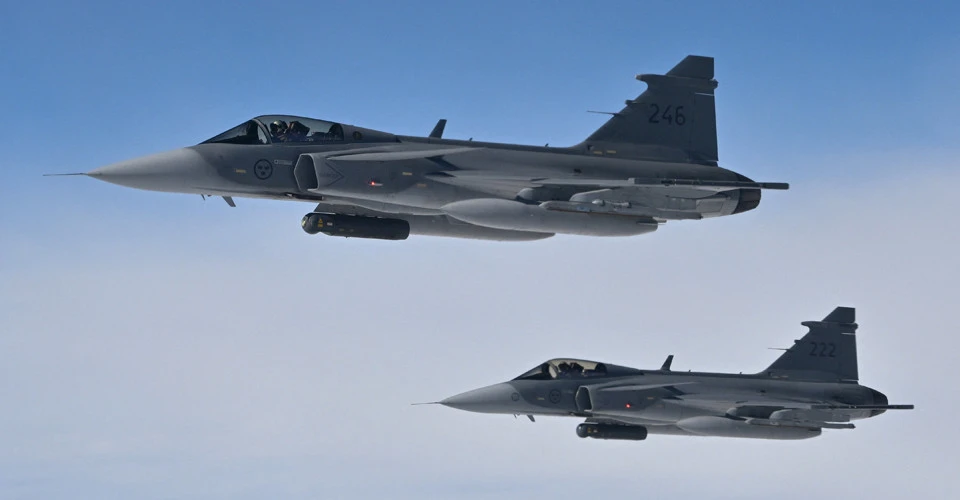
Ukrainian Air Force is very serious about Gripen and will fight for it
There may be a rather simple but critical reason why the Air Force is really interested in the Swedish Gripen fighter jets
The Swedish JAS 39 Gripen multirole fighter is not just one of the candidates for strengthening the Ukrainian Air Force, but more than likely the candidate that Ukraine will fight for, Defense Express’ analysts say.
"General Oleshchuk [Ukrainian Air Force commander Mykola Oleshchuk], when he returned from the tests, said that we will fight for the Gripen. They are very versatile in terms of armament, they are very simple in terms of the ability to operate and even land on a regular road," said Ukraine's Defense Minister Oleksiy Reznikov during a briefing for journalists.
At the same time, the F-16, as previously reported, will be the main multifunctional fighter, as it is "the most optimal combat aircraft for the Armed Forces of Ukraine". But it is the Gripen that, according to the Minister of Defense, is better than the Eurofighter Typhoon and Dassault Rafale in terms of its capabilities, given all of Ukraine's security challenges.
Of course, the question remains as to why Ukraine needs another type of multifunctional fighter, as there will be a variety of them. To answer this question, we need to take into consideration Ukraine's need for fighter jets, the number of F-16s for Ukraine, and most importantly, their remaining service life. And the main thing to remember is that the best solution to the issue of updating the Air Force fleet is to divide it into two conditional stages: "fighter for Victory" and "fighter after Victory".
The Air Force's need is estimated to be between 128 and 180 multirole fighter jets. At the same time, the number of F-16s that have so far been announced for delivery to Ukraine includes 42 aircraft from the Netherlands, 19 from Denmark, and up to 12 from Norway.
However, not all of these aircraft will be suitable for combat missions, and some will not be in airworthy condition at all. And even their maximum number is up to 73 aircraft. At the same time, their supply will be spread over many years, as, for example, the Danish aircraft will be delivered in batches until 2025.
It should also be understood that these are second-hand aircraft manufactured in the 80s, at the latest in the early 90s. Their ultimate service life is approximately the mid-2030s. This is directly evidenced by plans to operate similar used F-16s in Romania and replace them with F-35s. However, this is in peacetime operation, and war consumes the resources of military equipment much faster.
That is, the question of where to get additional machines is extremely relevant. And in this situation, it would indeed be possible to simply order new F-16s. However, Lockheed Martin's current plans for the F-16V Block 70/72 provide for the fulfillment of existing orders no earlier than 2027-2028. And this is at an estimated cost of at least $162.5 million per aircraft.
In this situation, Saab's Gripen has a certain and very strange advantage - it has not had any orders for a very long time. Its production capacity is not fully utilised, which may indicate a theoretical possibility of delivering new aircraft to the Ukrainian Armed Forces faster than the conventional F-16V.
And most importantly, Saab agrees to localise production in the customer's country, which will be extremely important for Ukraine after the Victory.
- Ukraine considers Gripen fighters for enhanced air defense.
-
Swedish Gripen’s potential impact on Ukraine's war and advantages over Su aircraft. Espreso explains why the Gripen are so important for Ukraine, what makes the Swedish fighter jets special, and what are their technical characteristics
- News














































